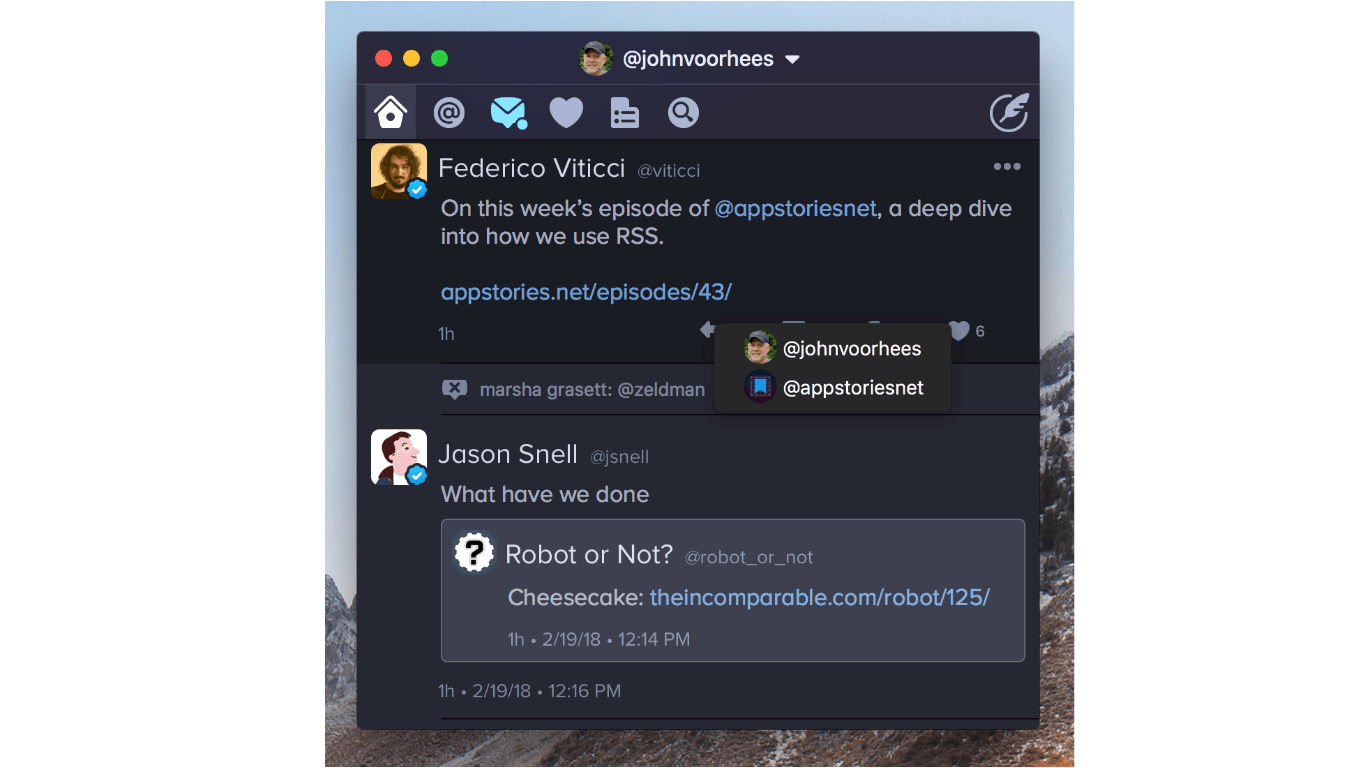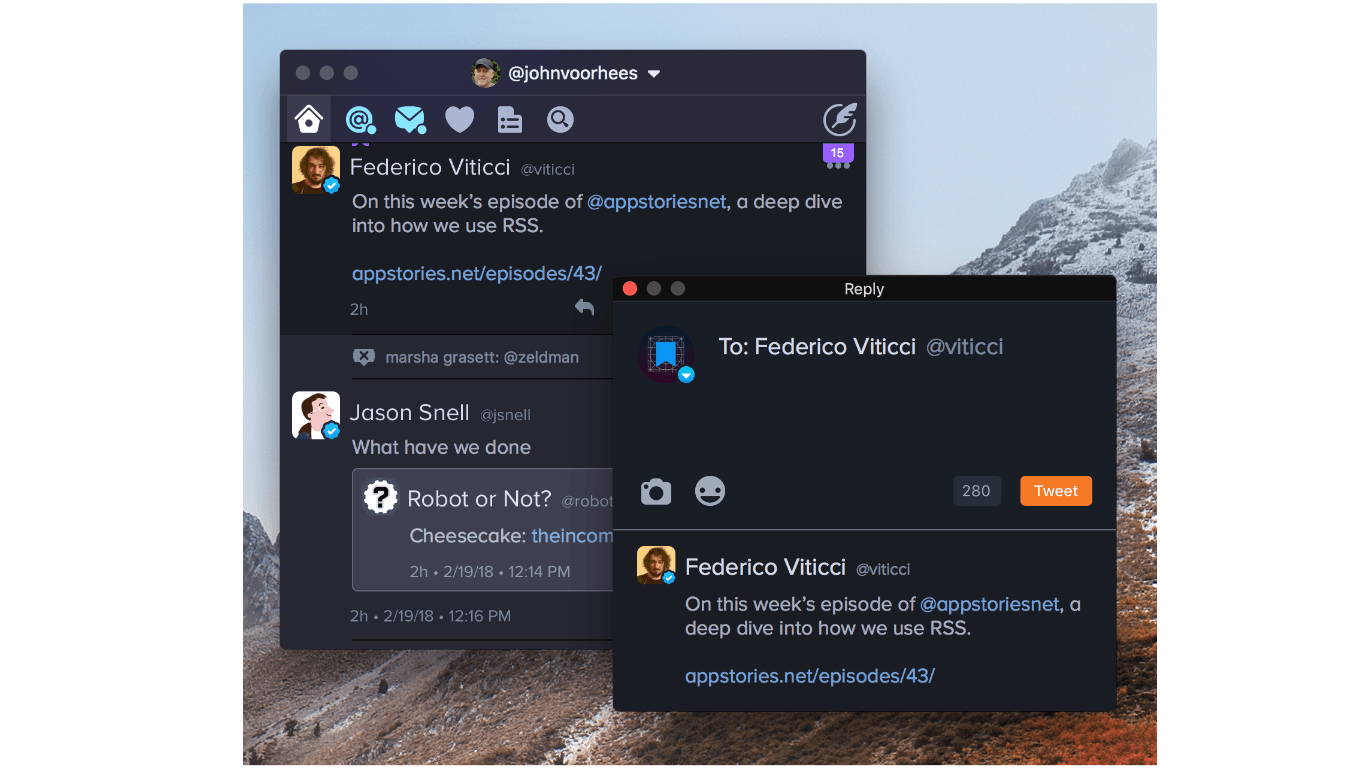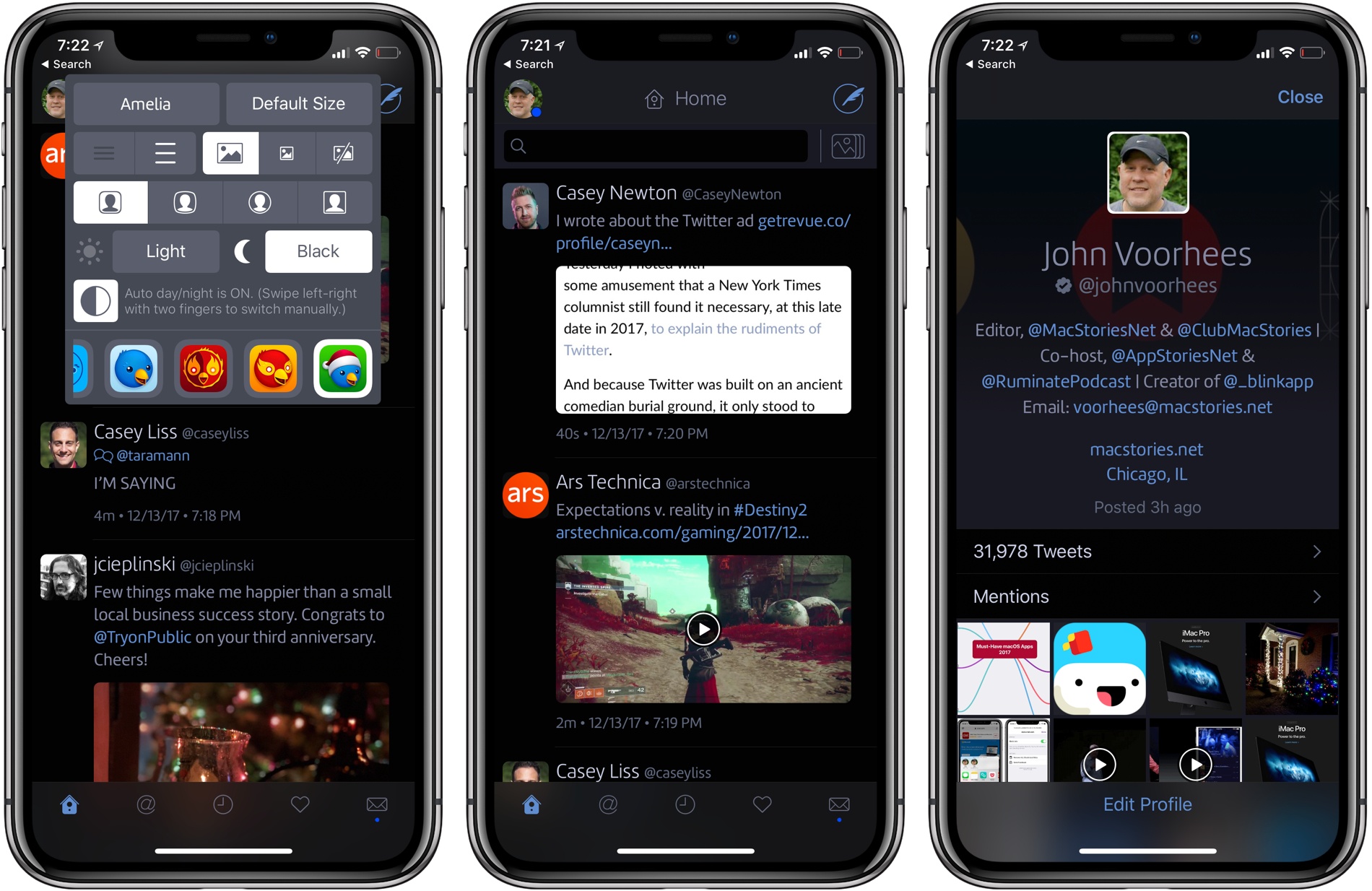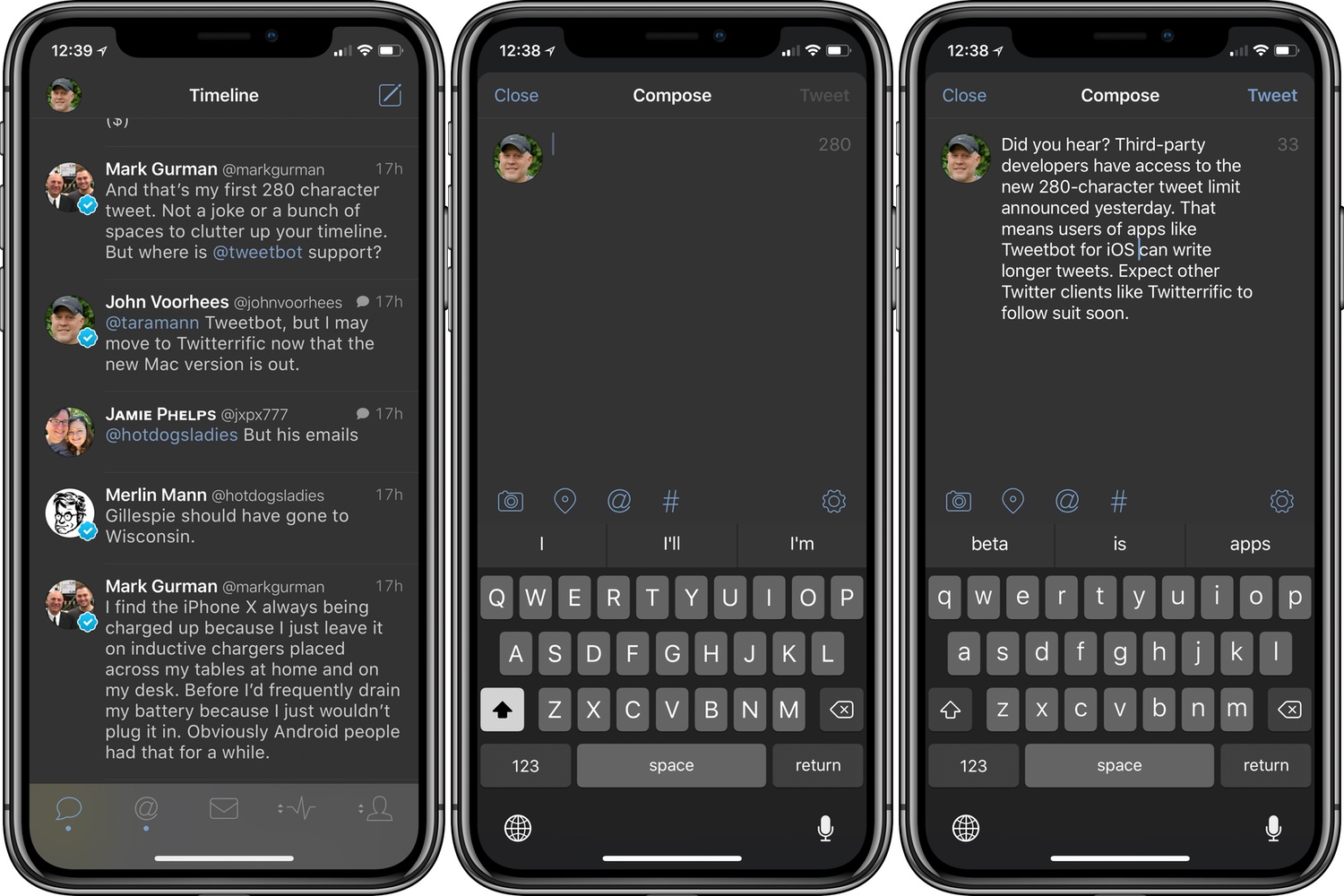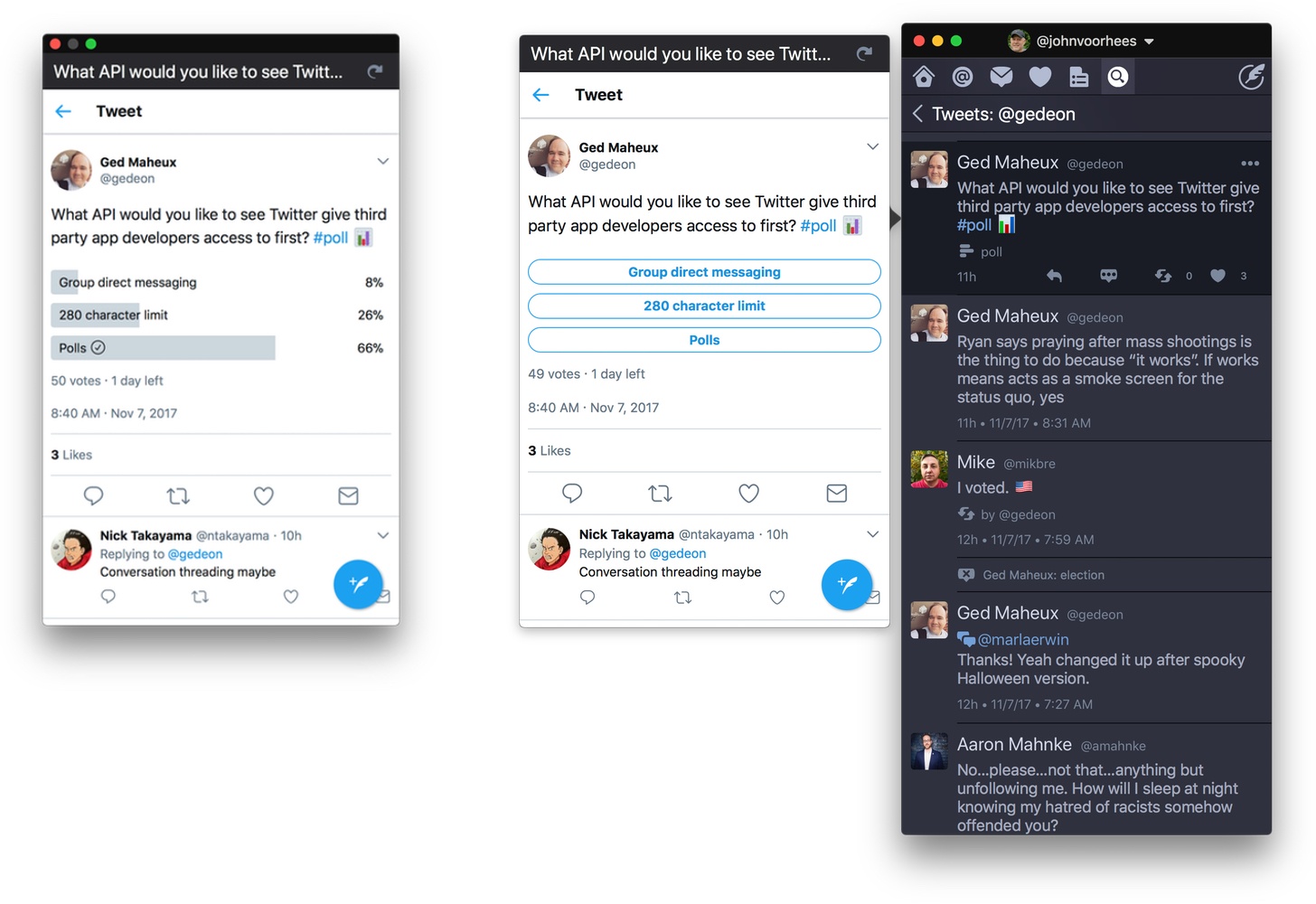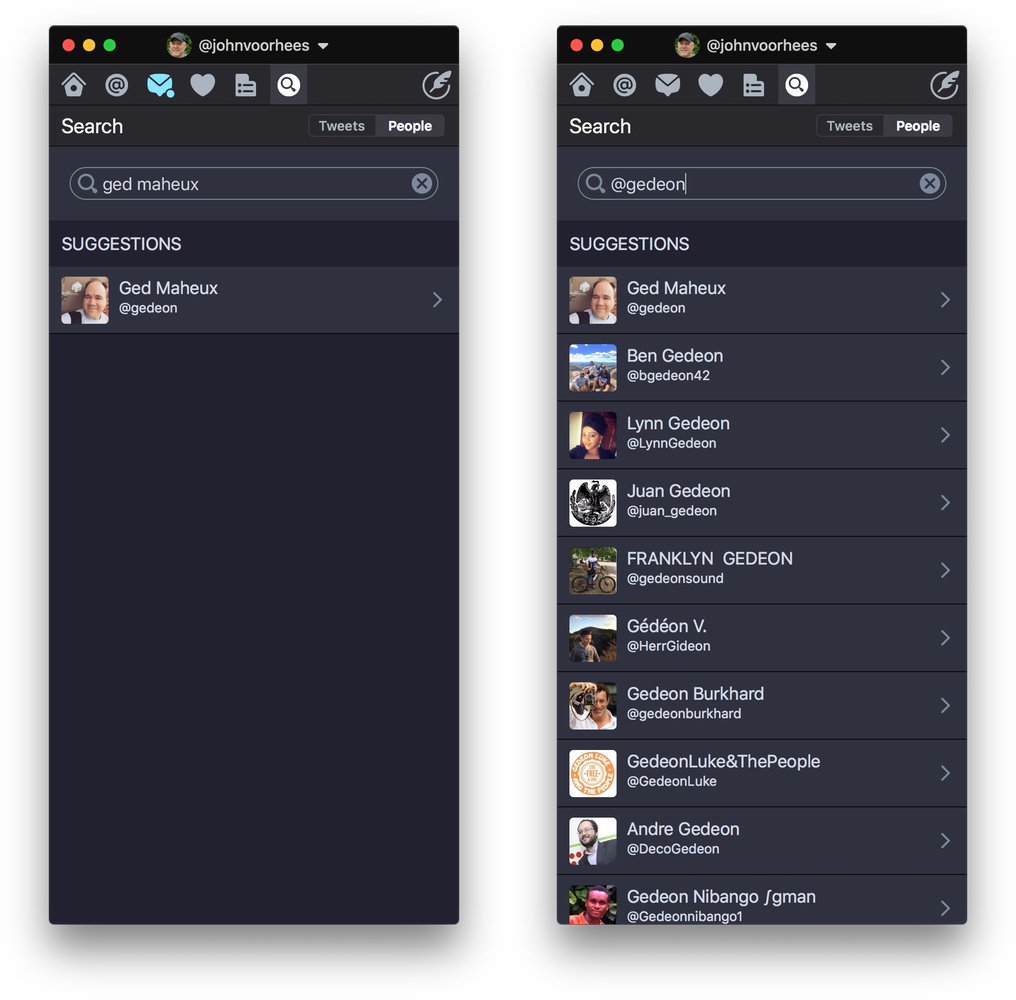Twitter had previously shared that it was working on a new feature, Bookmarks, which would let users privately save tweets for later. Today the company announced that Bookmarks have officially launched and are beginning to roll out to all users across iOS, Android, and Twitter’s mobile site.
As part of this launch, the Direct Message button previously available on every tweet is being replaced by a new Share button – hit Share, and you’ll see the following three options:
- Send via Direct Message
- Add Tweet to Bookmarks
- Share Tweet via…
The latter option will load the system share sheet on iOS.
Tweets added to your Bookmarks are available only for your private viewing, and they can be found by opening the app’s sidebar and hitting the Bookmarks menu option. You can see the whole process of how Bookmarks work in the tweet below.
Found something historic?
Don’t want to forget a joke?
Article that you want to read later?Save the Tweet with Bookmarks, and come back to it whenever you want. Only you can see your Bookmarks. pic.twitter.com/fM2QLcOYNF
— Twitter (@Twitter) February 28, 2018
Everyone will have their own purposes for using Bookmarks, but for my own use, I’m considering saving links shared on Twitter for reading later. Normally I do this by saving to Safari Reading List, but Bookmarks may be a simpler alternative. Also, anytime I come across a tweet I want to share with my wife at the end of the day, Bookmarks should be a perfect fit for that.


